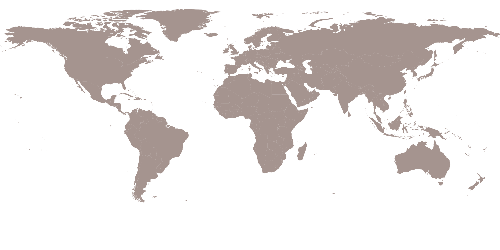Sustainable building design through passive measures
The project implements technical actions for water and energy management, transforming an existing building—located in one of Medellín's 4,261 lentic water bodies—to regenerate a riparian ecosystem on anthropized soil. Actions include fragmenting impermeable surfaces for infiltration and water retention systems with geomembranes. Riparian vegetation functions as natural thermal control, generating comfortable microclimates and ecosystem regeneration. It is complemented by on-site reuse of demolition materials, minimizing carbon footprint, and integrating natural and anthropic processes in a new sustainable urban landscape.
Efficient construction and operations
Carbon reduction strategies employ manual dismantling of the pre-existing building, minimizing CO2 emissions from transport, disposal, and new material acquisition. Materials are classified by granulometry for water infiltration systems and terrace construction, incorporating ancestral Andean techniques like Pirca for material assembly and terracing. Recovered roof wood is repurposed for shade pergolas. This system integrates with water management as a fundamental element, where water serves as an ecological regeneration agent, optimizing the site's natural cycles.
Landscape & Biodiversity Integration
The intervention recognizes the historical transformation of Medellín's watersheds and proposes a strategy for ecosystem regeneration through four types of interconnected gardens. The Riparian Forest reconnects the ecological corridor with multi-stratum native species. The aquatic gardens, on terraces, optimize and expose water management and incorporate phytoremediation species that attract pollinators and amphibians. The Third Landscape garden uses species that develop in demolition substrates, evidencing ecological succession processes. The Medicinal gardens integrate the cultural heritage through traditional and sacred species, generating spaces for the transmission of ancestral knowledge that enrich urban biodiversity.
Land use & Transformation
The urban expansion of Medellín’s city has altered natural hydrological patterns, particularly in areas associated with streams, where soil impermeability has caused critical flooding regimes and the displacement of native vegetation. Lost Gardens is integrated into a general urban riverbank recovery plan, implementing strategies that restore soil permeability, ecosystemic functions, and open space for the resurgence of vegetation. The project establishes a new paradigm of in-situ water management through water retention and infiltration systems, facilitating natural plant recolonization and the gradual reconstitution of the original riparian ecosystems in the contemporary urban context.











